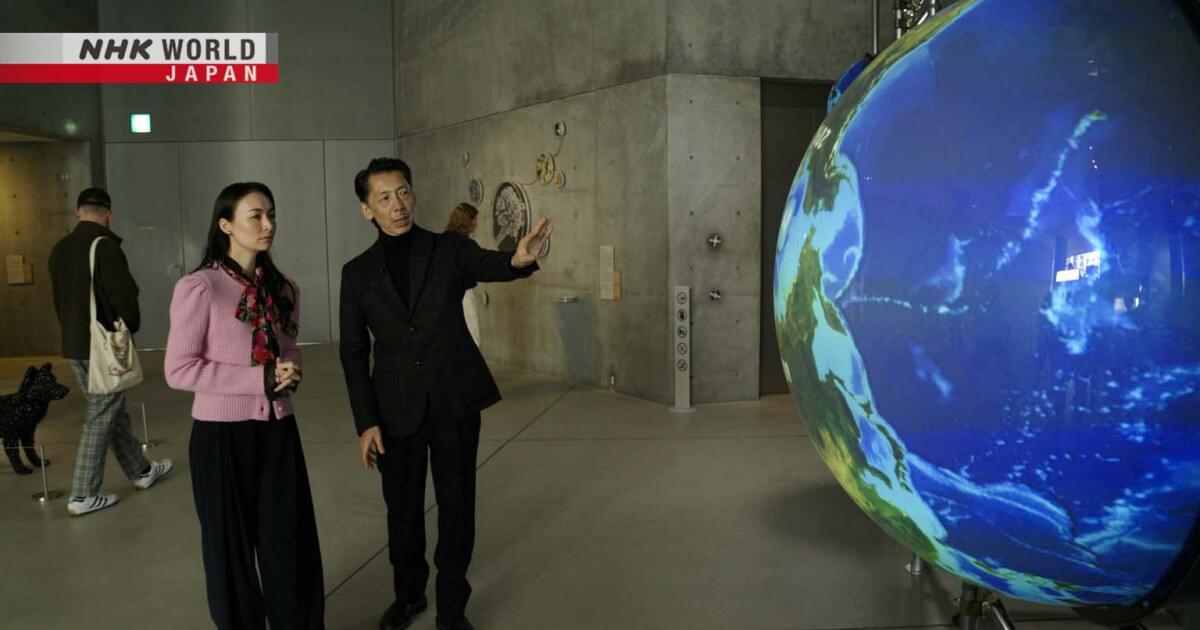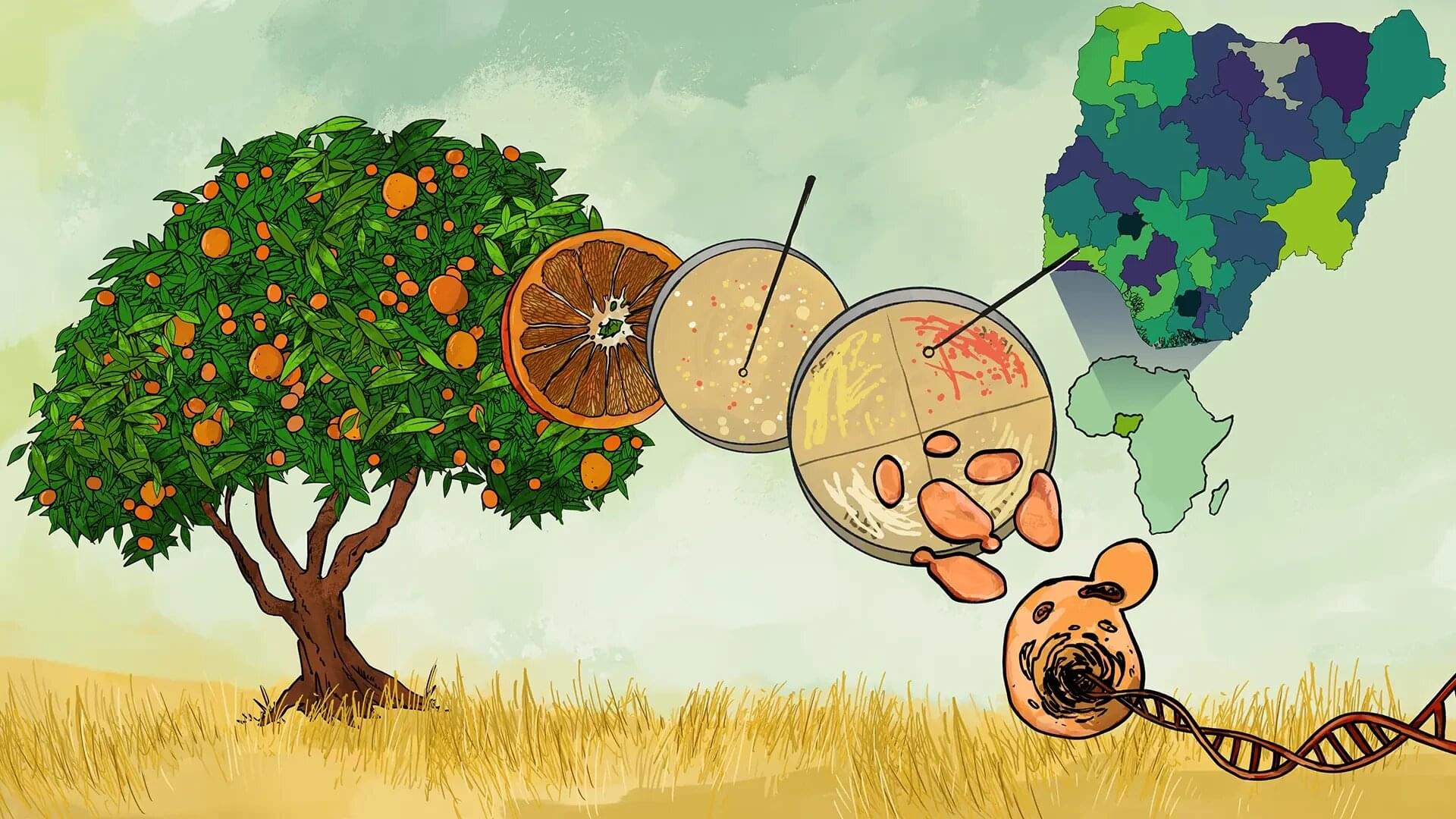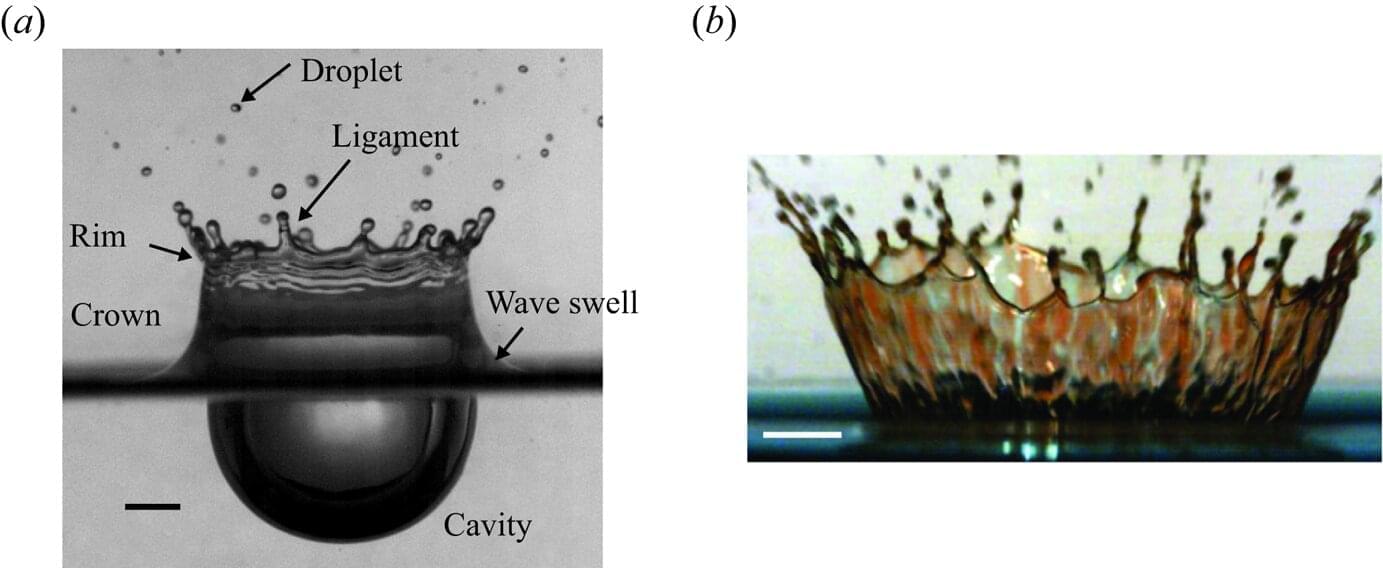Summary: Scientists have developed e-Taste, a novel technology that digitally replicates taste in virtual environments. Using chemical sensors and wireless dispensers, the system captures and transmits taste data remotely, enabling users to experience sweet, sour, salty, bitter, and umami flavors.
In tests, participants distinguished different taste intensities with 70% accuracy, and remote tasting was successfully initiated across long distances. Beyond gaming and immersive experiences, this breakthrough could enhance accessibility for individuals with sensory impairments and deepen our understanding of how the brain processes taste.









